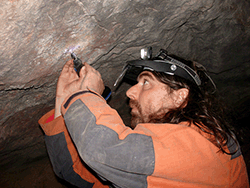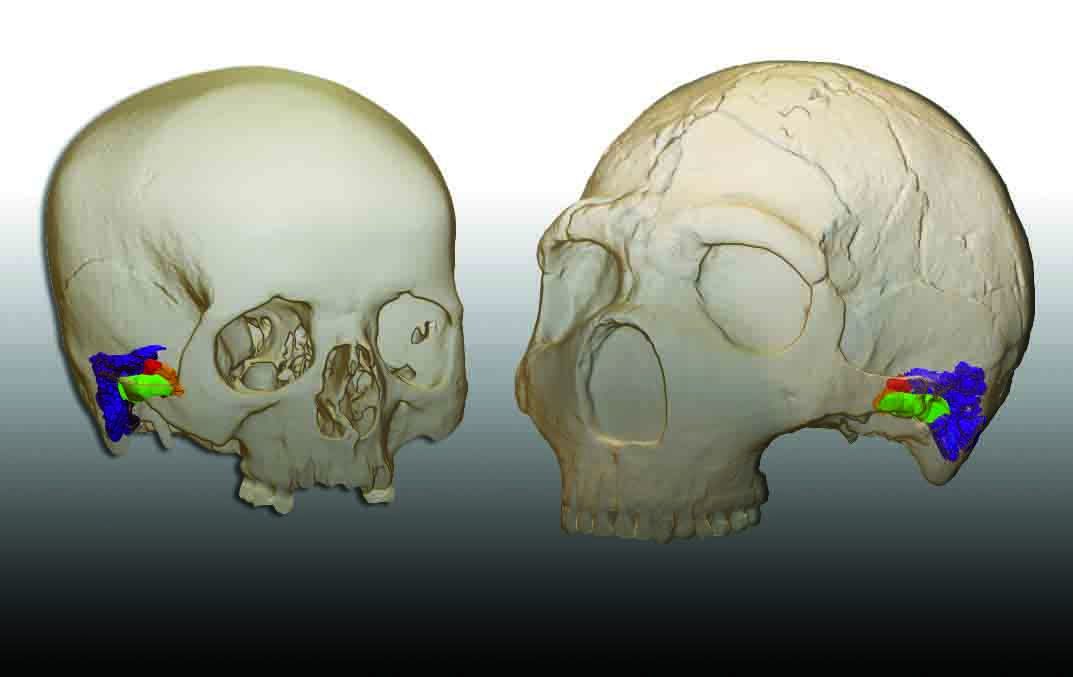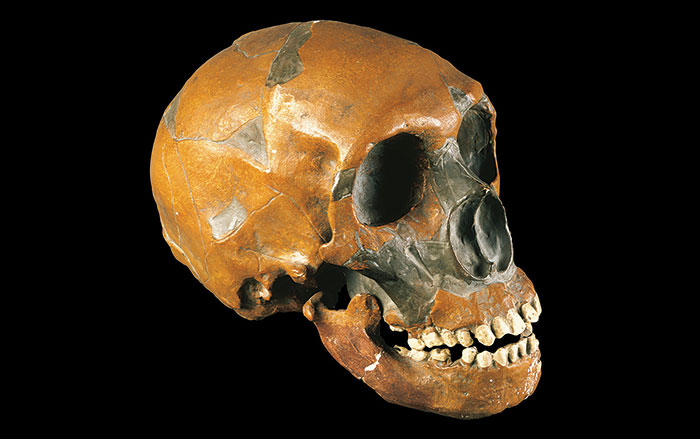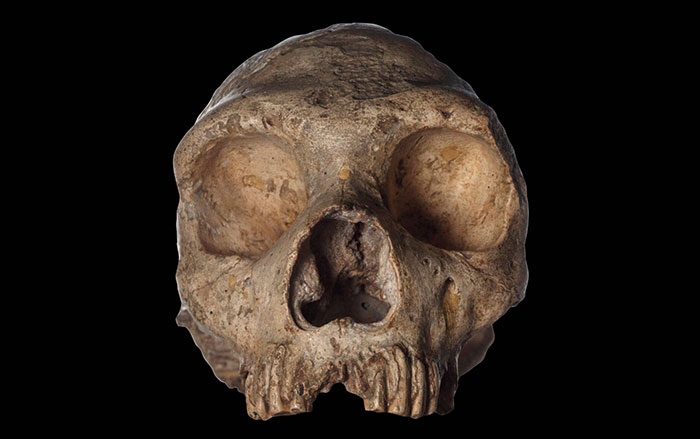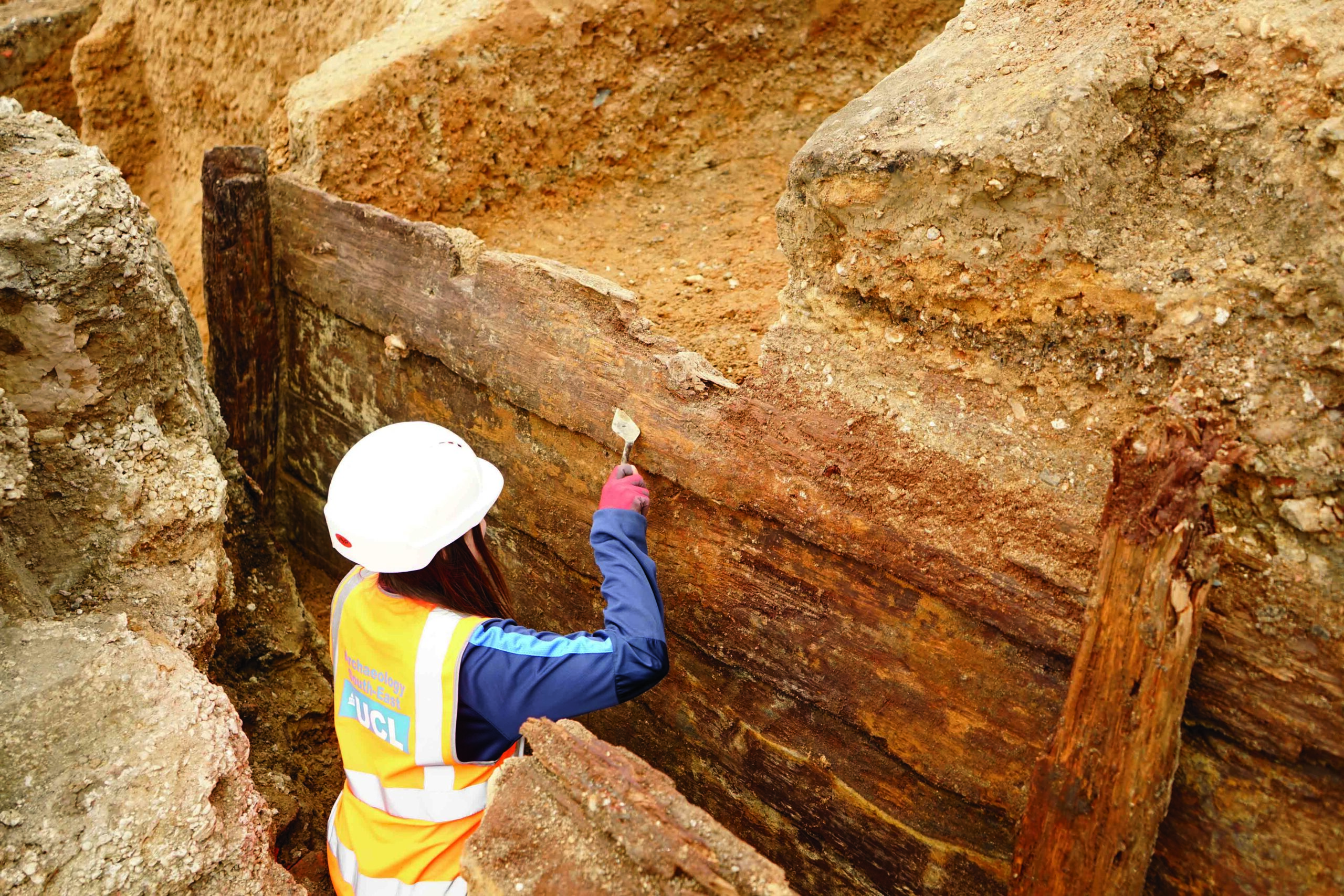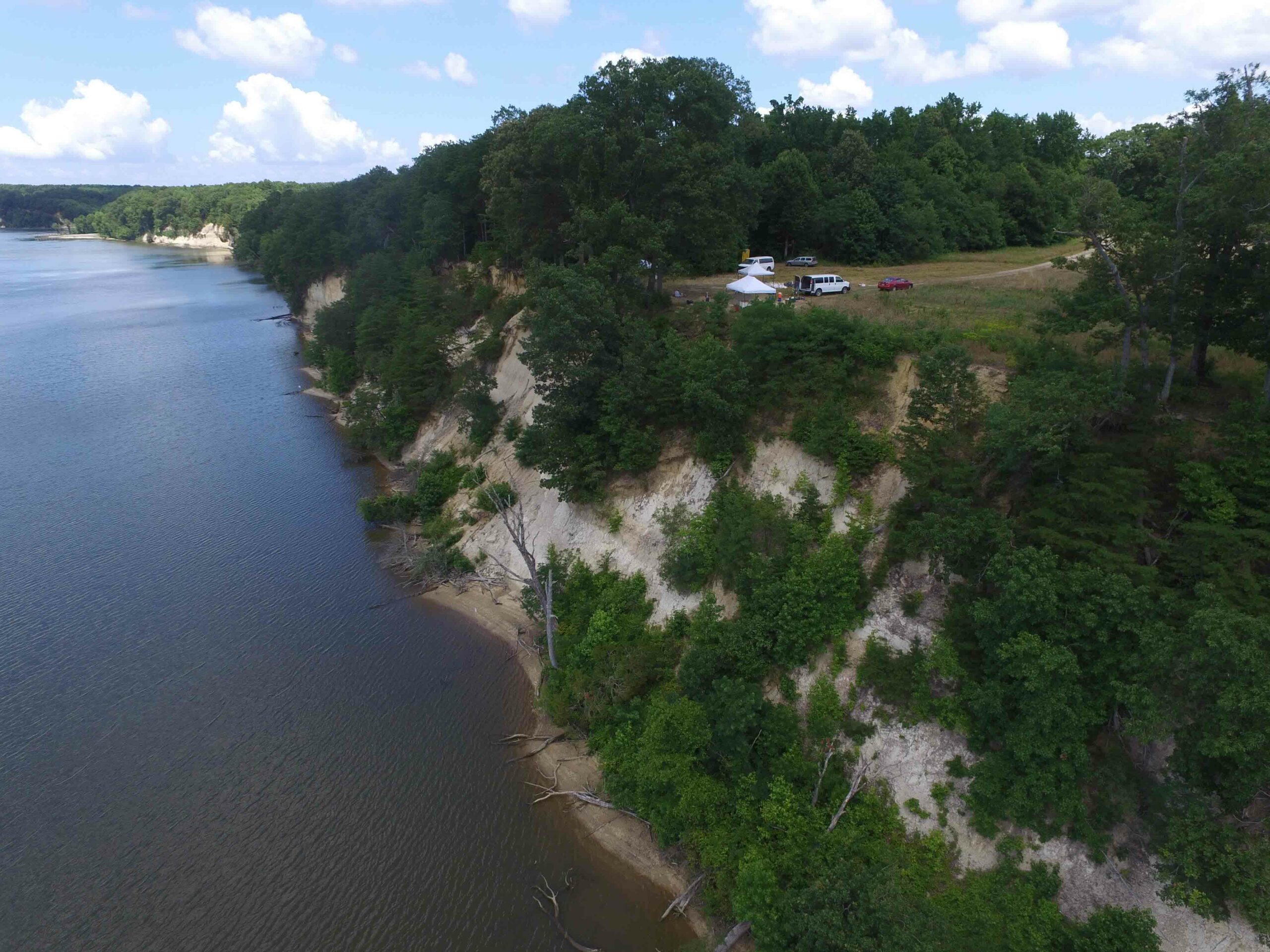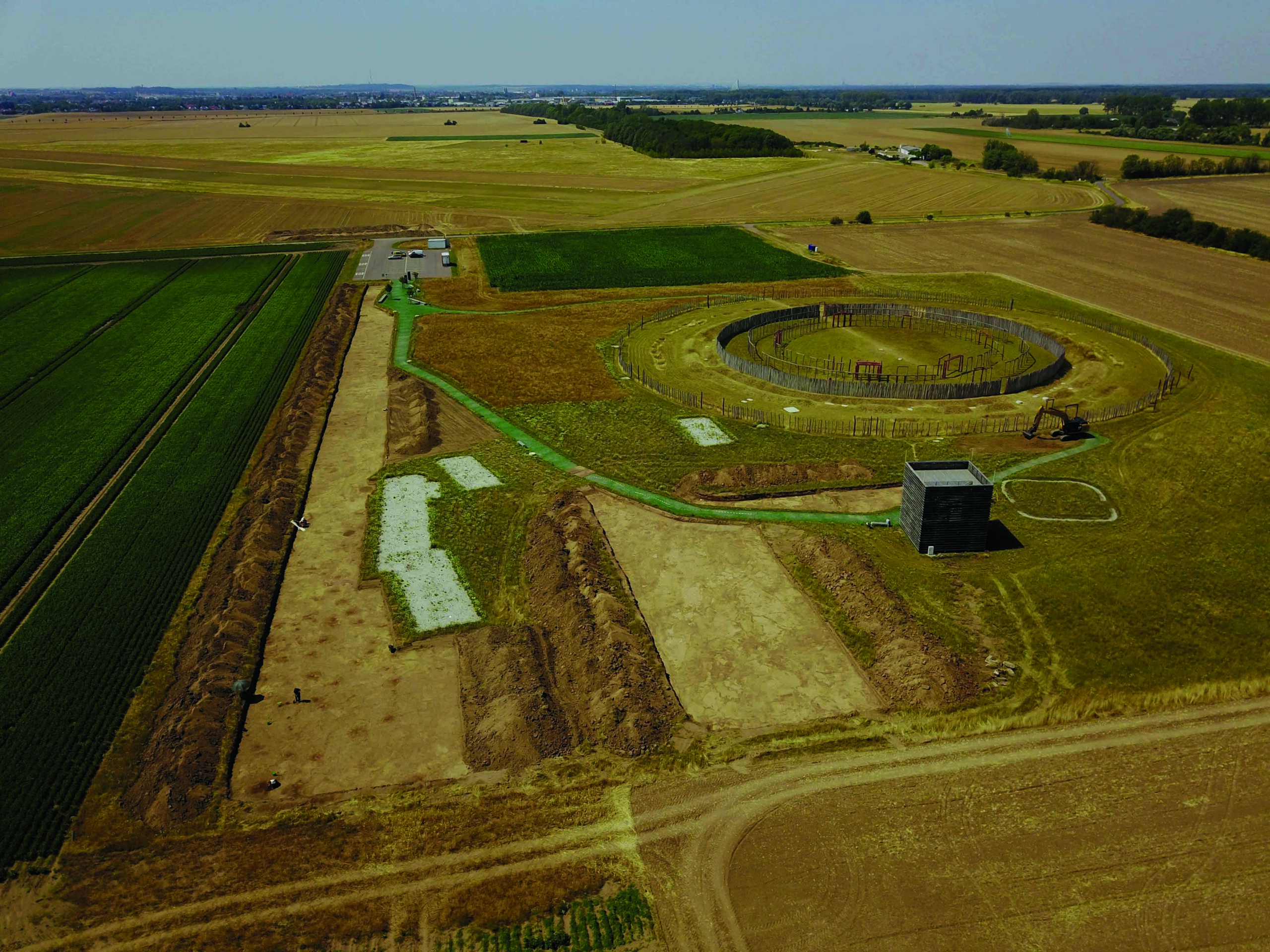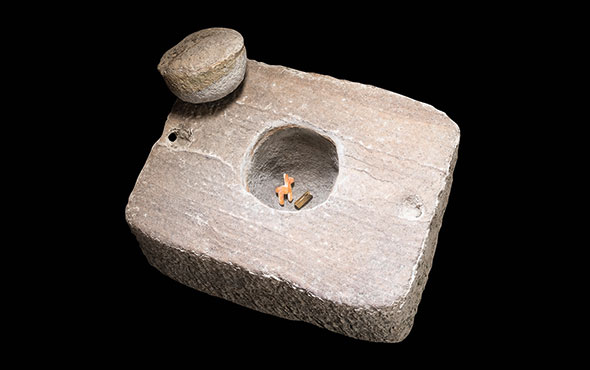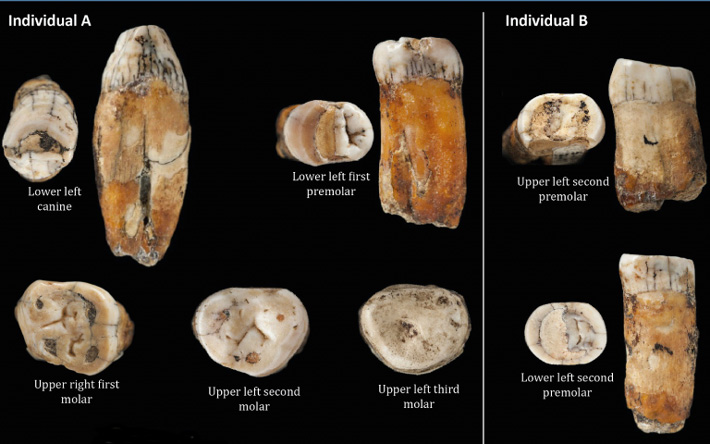
LONDON, ENGLAND—A new study of teeth recovered in the early twentieth century from La Cotte de St. Brelade, a cave on the English Channel island of Jersey, suggests that they came from two individuals whose ancestry was made up of a mix of Neanderthals and modern humans, according to a Gizmodo report. The teeth have been dated to about 48,000 years ago, when lower sea levels connected the island with what is now France. “The roots look very Neanderthal, whereas the neck and crowns of the teeth look much more like those of modern humans,” said research team member Chris Stringer of London’s Natural History Museum. DNA analysis of the teeth could reveal when the mixing took place, he added. Climate change, disease, and conflict and interbreeding with modern humans may have all contributed to the disappearance of Neanderthals about 8,000 years later. “Here at La Cotte, we might get a chance to look at one scenario up close, through further detailed excavation and scientific analysis,” concluded team member Matthew Pope of University College London. To read about another recent Neanderthal discovery, go to "Twisted Neanderthal Tech."


